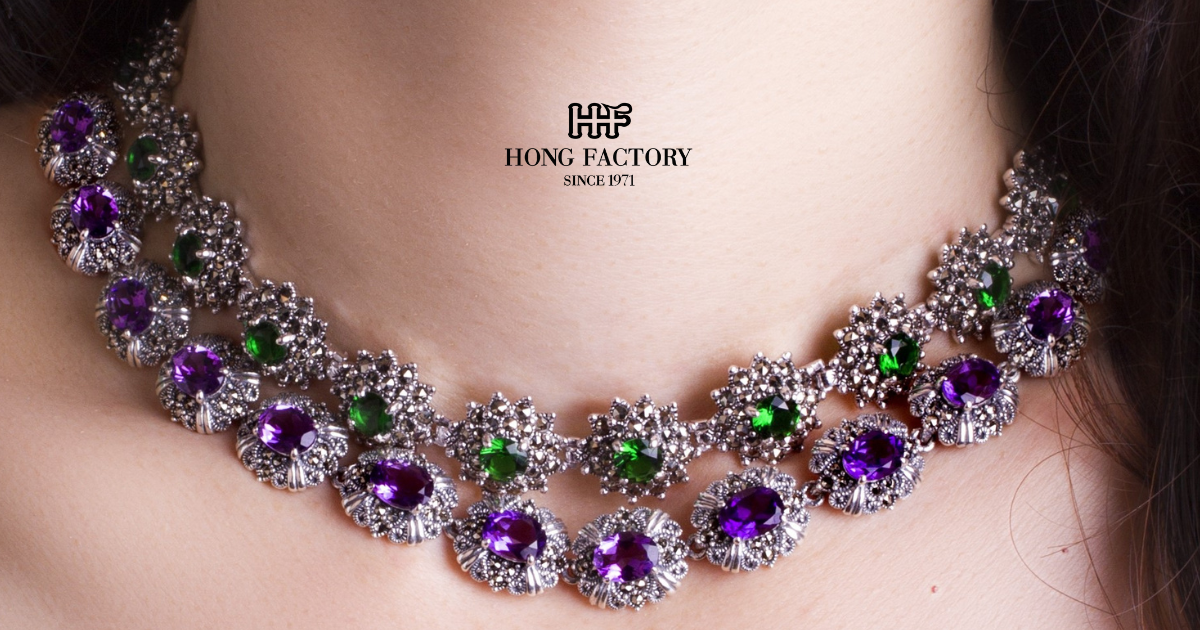The creation of silver jewellery is a fascinating blend of ancient craftsmanship and modern innovation. From the early days of hand-forged silver ornaments to today’s precision-engineered designs, the production of jewellery silver has continuously evolved. Understanding how jewellery silver is made—not just traditionally but also through contemporary methods—helps you appreciate the artistry, skill, and technology behind every piece. This article explores both traditional and modern production methods, comparing techniques, tools, and the unique value each approach brings to the final jewellery piece. sterling silver meaning
The Origins of Silver Jewellery Crafting

Silver jewellery making dates back thousands of years. Early civilisations such as the Egyptians, Greeks, and Romans forged silver pieces using simple tools and fire. Each culture developed its own methods, patterns, and symbolic designs.
Ancient crafting techniques included:
- Hammering heated silver into shape
- Engraving symbols by hand
- Melting silver with charcoal fires
- Creating patterns using simple moulds
These early methods laid the foundation for the jewellery-making techniques still used today.
Traditional Jewellery Silver Production
Traditional silver crafting emphasises slow, detailed workmanship. Many artisans still use hand techniques passed down through generations.
1. Melting and Casting
Traditional jewellers melt pure silver or alloys using charcoal or gas-fired crucibles.
- Silver is heated until molten
- Poured into hand-carved moulds
- Left to cool before shaping
This labour-intensive process creates unique, sometimes imperfect, but highly charming silver pieces.
2. Hand-Hammering and Shaping
Hammering is one of the oldest methods of shaping silver.
- Artisans use different hammers for texture
- Silver sheets are shaped by repetitive hand strikes
- Creates organic, handcrafted designs
This technique produces one-of-a-kind patterns.
3. Filigree Work
Filigree is a delicate and intricate technique.
- Fine silver wires are twisted
- Patterns are formed by hand
- Wires are soldered onto the surface
Filigree silver jewellery, especially from Asia and the Middle East, is highly valued.
4. Granulation
This traditional method involves placing tiny silver beads onto a surface.
- Beads are made by melting silver fragments
- Placed individually by hand
- Fused using precise heat
The result is a textured, antique-style finish.
5. Hand Engraving
Patterns are carved into silver using sharp tools.
- Requires exceptional skill
- Designs include florals, symbols, and geometric lines
Each engraved piece is unique and artistic.
Advantages of Traditional Silver Production
Traditional techniques offer characteristics that modern methods cannot replicate.
Benefits:
- Unique, handcrafted appearance
- Cultural and artistic value
- Premium craftsmanship
- Higher sentimental and collectible worth
- Supports artisan communities
These methods preserve centuries-old craftsmanship traditions.
Modern Production of Jewellery Silver
Modern silver jewellery production introduces technology, precision, and mass efficiency. These techniques revolutionise how jewellery is designed and manufactured today.
1. Digital Design (CAD Modeling)
Computer-aided design (CAD) allows designers to create precise, complex models.
- 3D modelling offers perfect symmetry
- Enables intricate details not possible by hand
- Faster design adjustments
CAD has transformed jewellery design into a digital art.
2. 3D Printing and Wax Models
Modern jewellers use 3D printers to create wax prototypes.
- Highly detailed wax models
- Ideal for casting complex shapes
- Reduces manual labour and errors
This technique increases innovation and design flexibility.
3. Lost-Wax Casting
A mix of traditional and modern processes.
- Wax model is encased in plaster
- Wax melts away, leaving a mould
- Molten silver is poured into the cavity
This method allows large-scale, consistent production.
4. Machine Polishing
Machines provide polished, mirror-like finishes.
- Creates consistent shine
- Reduces production time
- Suitable for mass-produced jewellery
5. Laser Engraving
Modern engraving uses laser precision.
- Perfect accuracy
- Intricate patterns in seconds
- Ideal for branding, initials, or micro-details
Laser technology adds a sleek, contemporary touch.
Advantages of Modern Silver Production
Modern methods bring efficiency, affordability, and innovation.
Benefits:
- Faster production time
- More precise designs
- Lower cost for consumers
- Ability to create complex, modern styles
- Suitable for large-scale manufacturing
Modern production expands the accessibility of silver jewellery worldwide.
Traditional vs. Modern Methods: A Comparison
Both traditional and modern techniques have unique contributions.
| Feature | Traditional | Modern |
| Craftsmanship | Handmade, artistic | Precise, engineered |
| Production Speed | Slow | Fast |
| Detail | Organic, one-of-a-kind | Highly intricate and consistent |
| Cost | Higher | More affordable |
| Durability | Long-lasting | Varies depending on method |
Most jewellers today use a combination of both approaches.
Why Many Brands Combine Both Techniques
Modern brands often blend tradition with technology.
Reasons:
- Traditional hand-polishing improves finish
- Modern casting increases consistency
- Artisanal details add uniqueness
- Digital tools expand creative possibilities
This hybrid process creates jewellery that is both high-quality and beautifully designed.
Ethical and Sustainable Considerations
Modern consumers care about sustainability. Jewellery production continues to evolve to meet these expectations.
Sustainable trends include:
- Recycled silver materials
- Eco-friendly casting methods
- Low-waste 3D printing
- Supporting local artisans
Silver jewellery is increasingly aligning with ethical fashion.
The Future of Silver Jewellery Production
Technology will continue shaping the jewellery industry.
Predicted developments:
- More advanced 3D printing materials
- AI-assisted design tools
- Sustainable silver refinement
- Smart jewellery integrated with modern tech
Despite rapid advancements, traditional craftsmanship will continue to play a vital role.
Final Thoughts
Silver jewellery production has evolved from ancient handcrafting to cutting-edge digital innovation. Traditional methods add artistic value and emotional depth, while modern techniques deliver precision, affordability, and mass availability. Together, they create a diverse world of silver jewellery that appeals to every taste and budget.
Whether you prefer handcrafted pieces rich with heritage or sleek modern designs, the blend of old and new ensures that jewellery silver remains timeless, beautiful, and ever-evolving.


